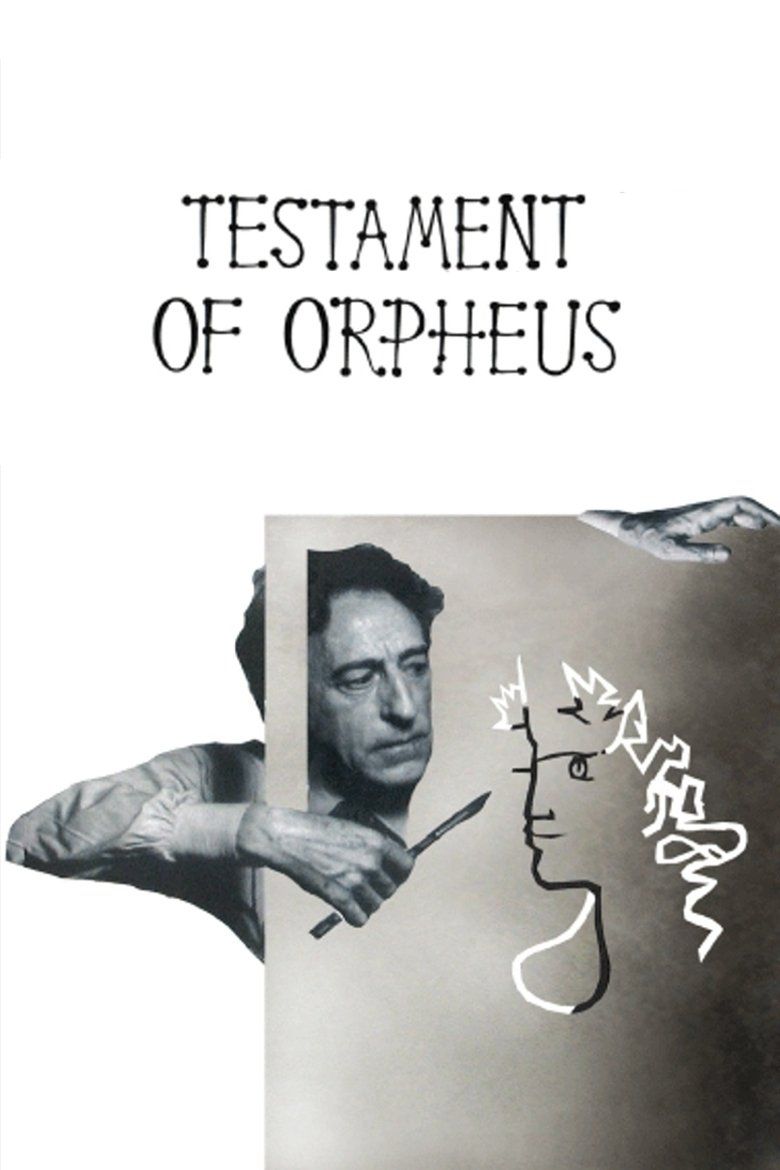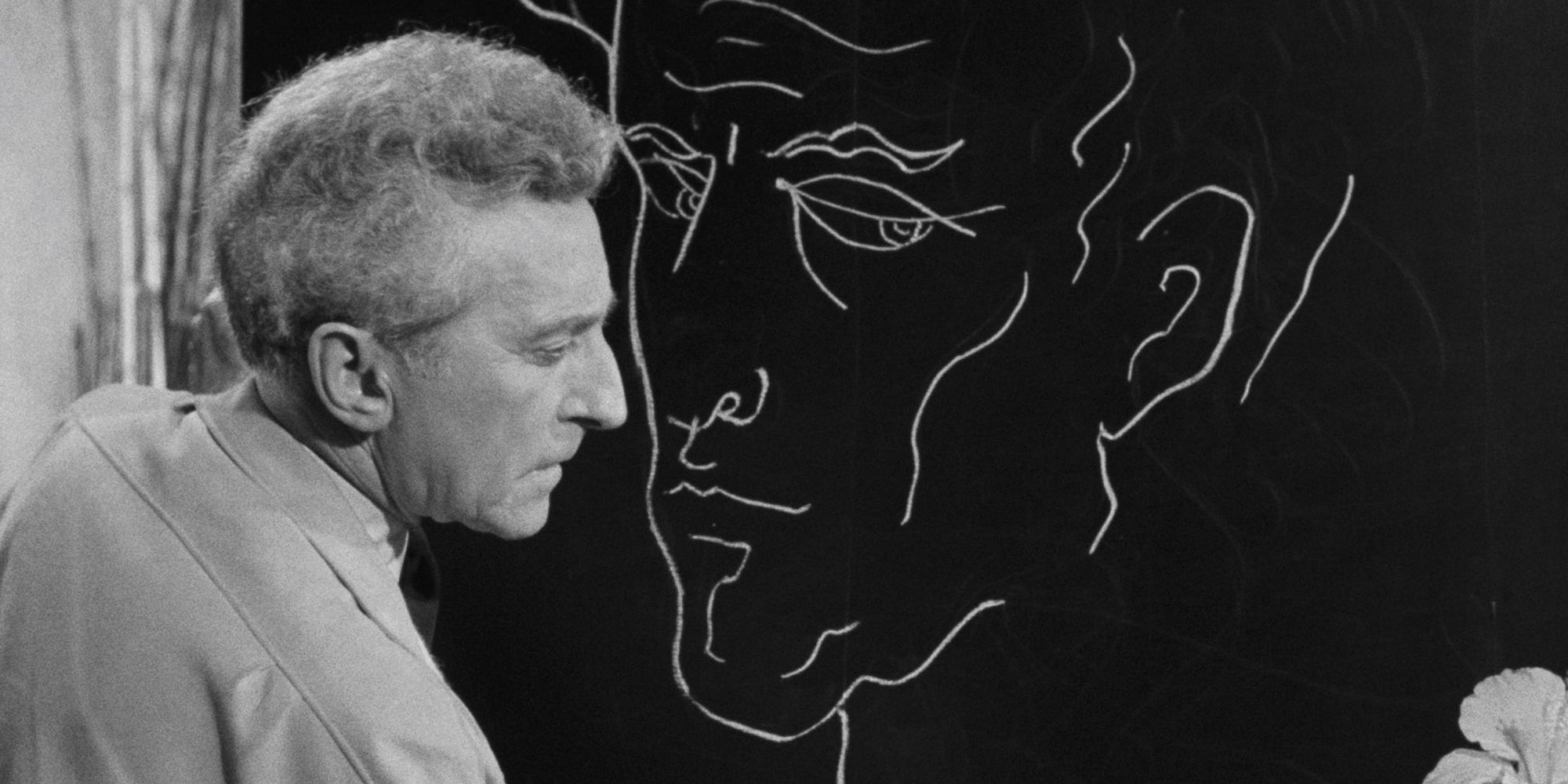Jean Cocteau only made a handful of films throughout his career, as filmmaking was just one of the many art forms he excelled at. A poet, a playwright, a novelist, and a painter, Cocteau often used cinema as a means to explore the artist’s relationship to their work, especially in what became known as his Orphic Trilogy. This reached its apex in his final film, The Testament of Orpheus, a meta-textual fantasy in which Cocteau himself travels throughout time to reckon with his life’s work. Released in 1960, just three years before his death at age 74, the film functions as a final coda of sorts for one of the most consequential avant-garde artists of the twentieth century.
‘Testament of Orpheus’ Uses Classic Myths to Explore Life and Art
The Testament of Orpheus is less a film and more of a cinematic essay, with Cocteau playing himself as an 18th-century poet traveling through time and space. Throughout his journey, he encounters many figures from his past who have had a significant effect on him, both professionally and personally: Jean Marais, Cocteau’s longtime lover and muse; María Casares, star of the director’s Orpheus, who interrogates him about his life’s work; and Édouard Dermithe, who played Cégeste in Orpheus and acts as a guide on Cocteau’s journey. There are also appearances by various other artists, including actor Yul Brynner, painter Pablo Picasso, singer-songwriter Charles Aznavour, and The 400 Blows star Jean-Pierre Léaud. As Cocteau travels through sound stages, art studios, and ancient ruins, he opines upon the relationship between an artist and the work they create, and the effect it has on society at large.

Related
This Dreamlike Documentary Is the Closest You’ll Get To Understanding David Lynch
“I had this idea that you drink coffee, you smoke cigarettes, and you paint, and that’s it.”
It was the third and final entry in Cocteau’s Orphic Trilogy, which included 1930’s The Blood of a Poet and 1952’s Orpheus. Each is loosely inspired by the Greek myth of Orpheus, a musician who travels to the Underworld to retrieve his dead wife, Eurydice, only to lose her forever when he failed to obey the Gods’ command to not look back at her. Rather than strictly retelling the myth, Cocteau uses it as a launching pad to explore the central theme of his work: the ways in which an artist’s creation simultaneously exists in both reality and fantasy. Cocteau uses reflective filmmaking techniques — direct address, special effects, visual trickery — to call attention to the artifice of the film, reminding the audience that they are watching a movie. At the same time, he uses these techniques to make the fantastical seem real, as he did in his 1946 adaptation of Beauty and the Beast.
‘Testament of Orpheus’ Is a Testament to Creation
The central concern of The Orphic Trilogy is an artist’s relationship to their work, which takes on a life of its own once it’s been birthed. His first film, the surrealistic experimentation The Blood of a Poet, presents this literally, as a statue (Elizabeth Lee Miller) convinces a poet (Enrique Riveros) to jump through a mirror into another world. Orpheus is the most straightforward adaptation, following a contemporary Parisian poet (Marais) who follows a princess (Casares) into the Underworld in search of his wife (Marie Déa). The Testament of Orpheus is the most reflective of the three, beginning with scenes from Orpheus that Cocteau himself observes. The characters come to life to interact with their creator, questioning him about his motives, forcing him to examine what led him to create in the first place. It’s the natural conclusion of a filmmaking career that began with a journey through art and myth.
As with all of his films, Cocteau conjures magic through cinematic technique. He often shoots action in reverse, then plays the film backwards to create fantastical images: a burned headshot of Dermithe is reassembled, then torn apart and thrown into the sea to summon the actor from the water; Cocteau rips a flower to pieces, only to put it back together again. At other moments, Cocteau passes by a double of himself. At others, he literally disappears from the screen. These effects may not have the sophistication of modern CGI, yet they have the power to dazzle us through their sheer artifice. They draw attention to the relationship between fantasy and reality that exists within all art, which, of course, bears the fingerprints of their maker.
The Testament of Orpheus is available to stream on Max in the U.S.

- Release Date
-
February 18, 1960
- Runtime
-
80 minutes
- Director
-
Jean Cocteau
-

-

Edouard Dermithe
Cégeste
-

Henri Crémieux
The Professor
-

François Périer
Heurtebise

